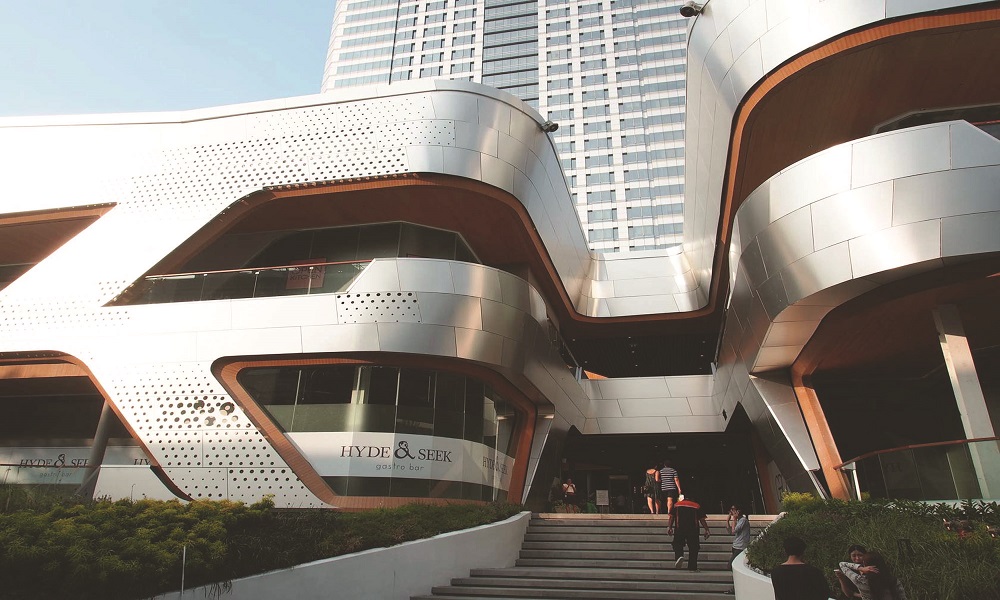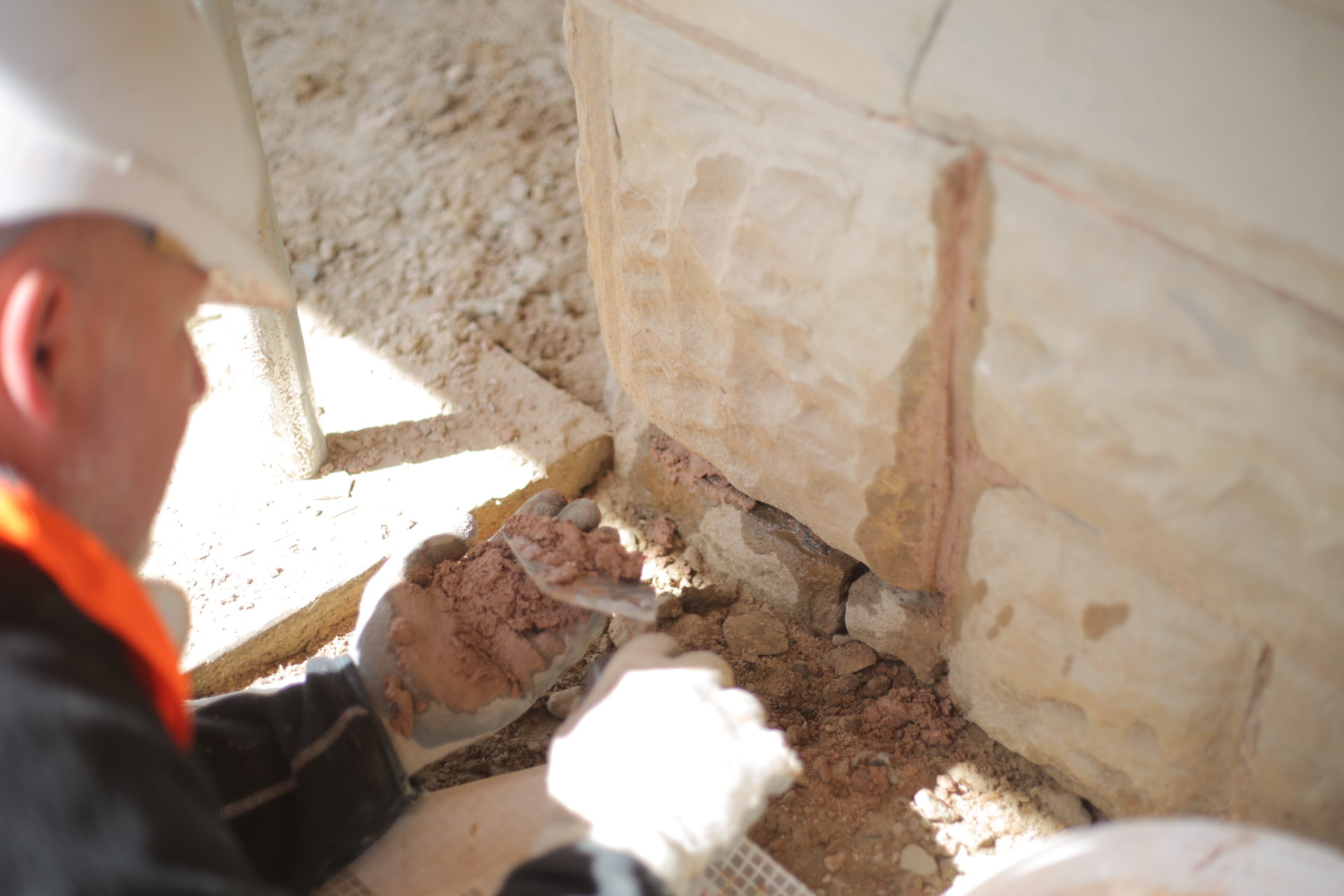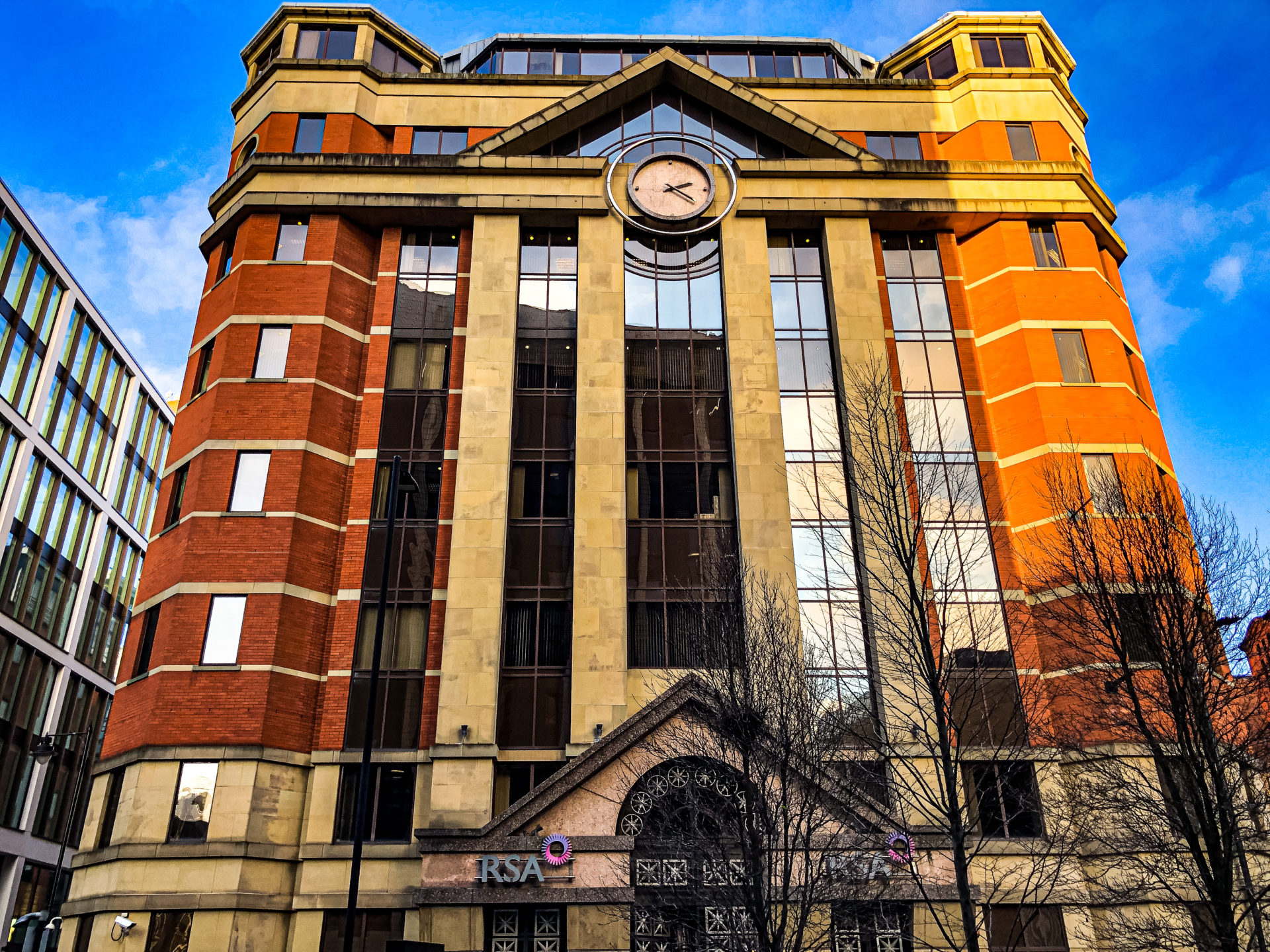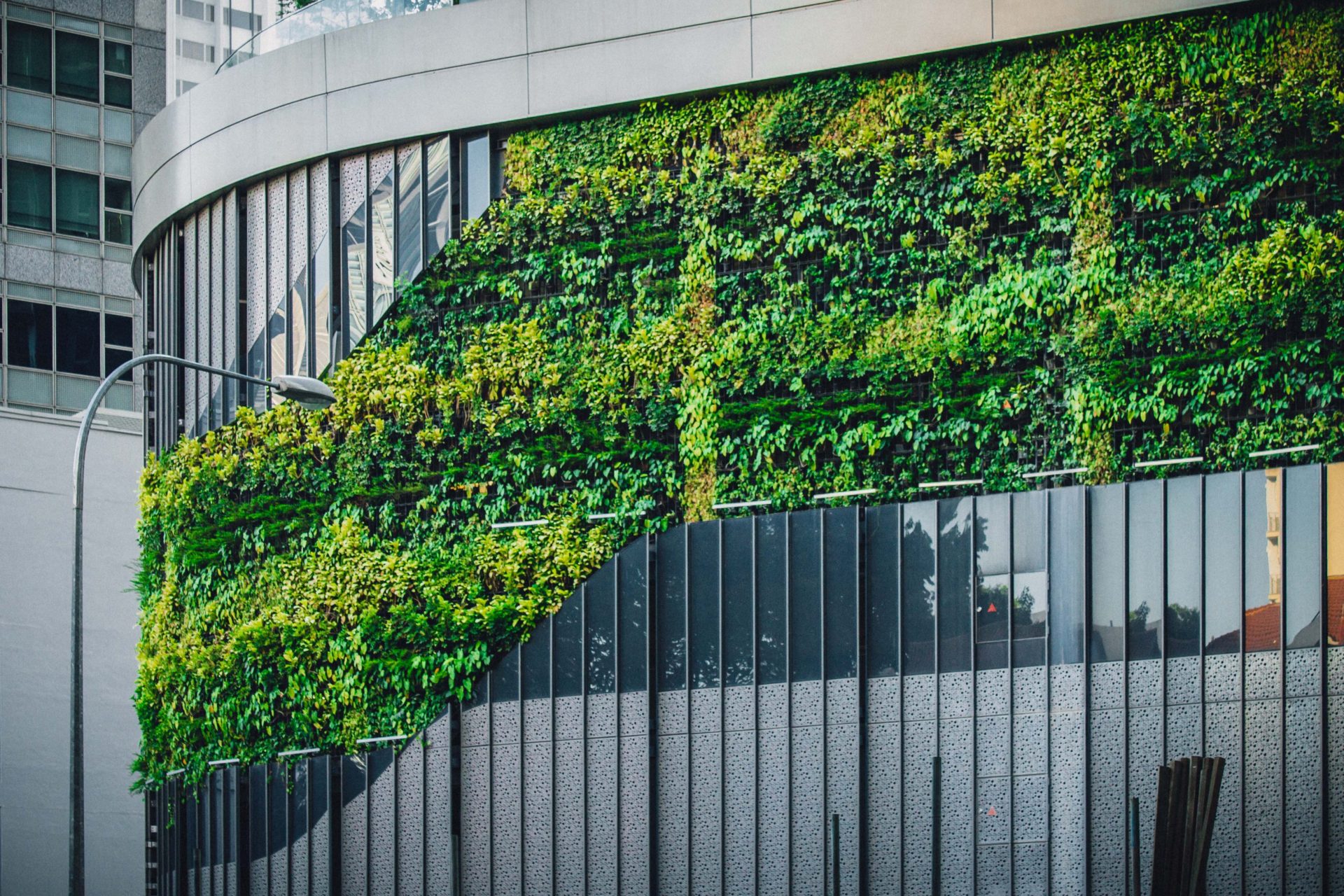The UK is home to a vast collection of listed buildings. There are estimated to be as many 500,00 listed buildings in England alone. Listed buildings are in essence special buildings which have been placed under the ‘Statutory List of Buildings of Special Architectural or Historic Interest’ due to their historical significance and unique architecture.
Listed buildings generally date to the period between the 1700’s to 1840. Buildings that predate the 1700’s are automatically considered as listed buildings unless their original condition has been altered significantly. The criteria for eligibility becomes stricter post-1945, where buildings of exceptional importance may only be listed. A building has to be at least 30 years old to be eligible for listing.
Broadly speaking, listed buildings are divided into three categories in England and Wales. Grade I, Grade II* or Grade II. A building is awarded Grade I status if it has exceptional historical importance while Grade II is awarded to buildings that have significant importance. Scotland uses A, B and C categories instead of grades.
Restrictions on maintenance
Carrying out maintenance work for listed buildings is not straightforward and has numerous restrictions which have to be taken into account. If the nature of repairs or restoration affects its status of special architectural or historic interest, then listed building consent is required. The consent needs to be acquired alongside any planning regulation which would normally apply. Although such restrictions may seem frustrating and cumbersome, they play an important part in safeguarding the listed buildings from damage and destruction.
Undertaking maintenance of listed buildings may require planning permission as well. To acquire planning permission, the repairs will have to amount to ‘development’ as defined clearly in the legislation (3). The local planning authority needs to be contacted and their advice shall be sought on acquiring consent before proceeding with any form of repair procedures.
To undertake repairs and restoration, special consideration should be given to the fact that the work carried out is deemed necessary to preserve the integrity and history of the building. To qualify, the repairs should materially affect the external appearance of the building. Following are the important areas of maintenance required by listed buildings to preserve and maintain their integrity.
Roof and Gutter repairs
Repairing roofs of a listed building is difficult based on the restrictions and approvals required. Planning and listed building regulations need to be adhered to and lack of compliance may lead to heavy penalties.
The parts of the building most susceptible to damage are the roofs, gutters and the external building envelope. These areas require a sensitive and sympathetic approach towards cleaning, repointing and repair. The roof coverings are usually composed of slate, clay tiles or thatch. Traditional materials should be used to ensure restoration to the original condition of the building.
Roof maintenance is essential for listed buildings as they help identify structural issues especially leaks which may undermine the structural integrity of the building. Leaks may stem from slipped tiles or damaged flashing therefore it is recommended to get the building surveyed before the structural issues escalate further.
The external features of the roof such as chimneys, ridges and finials should be preserved as they are an essential element of the building’s character. Any damage to the external features should ideally be repaired with similar products. Changes to materials may require permission and advice from the local authority.
With the onset of the winters, the gutters are downpipes become increasingly vulnerable to rainfall and inclement weather. Existing fault with the guttering system will lead to saturation of adjacent areas and cause damp problems. Since the gutters and downpipes of listed buildings are made from cast iron, it is important to preferably replace them with heavy-duty cast iron. Lightweight alternatives such as plastic should be avoided, as they are prone to damage and have a shorter shelf life. Blocked gutters may cause the water to overflow onto the façade which is avoidable if an effective periodic renewal plan is implemented. The consequences of not undertaking periodic renewals may result in extensive damage to the fabric of the building.
Restoration of Façades
Façades are exposed to extensive wear and tear due to environmental factors such as weather and pollution in combination with carbon damage from emissions, mildew, effluence staining, leached salts and build-up of organic matter. Façade restoration on listed buildings should only be undertaken by conservation specialists. Before a project has started, it is essential to ensure the correct planning regulations have been implemented in addition to compliance with conservation guidelines and relevant BS standards.
For restoration of façades, minimal intervention methods and traditional restoration/conservation methods for masonry, lime renders and plastering should be used. Instead of a harsh cleaning process, sympathetic methods have to be employed to remove the build-up of dirt. Depending on the building, some of the specialist methods include hot water cleaning, low-pressure cleaning and steam cleaning.
Similar to roof repairs, façade restoration is subject to strict guidance criteria and requires adherence to original quality and appearance standards. Traditional roofing, leadwork, and external decorations and installations on façades such as solar panels, signs or lighting require prior permission.
Extensions and minor repairs
Extensions to listed buildings are allowed if guidelines from an experienced architect and conservation officer are followed properly. The extensions should not dominate a listed building which means it should be small. Extensions tend to have limited effect if they are built on the back instead of the front. Permissions for extends on the front end are rarely granted because of visibility purposes. The extensions on listed buildings are usually minimalist in design therefore they do not affect the original design of the building.
Minor repairs generally do not require consent. However, since the type of repairs that require consent are unique to each building, the requirement for consent may extend to repairs using like-for-like materials if it affects the special interest in the building. For example, materials that are planned to be removed during the repair procedure may hold historical value. It is therefore advisable to check with the local conservation officer to ensure compliance.
True service partner for maintaining listed buildings
Building Transformation provides long term solutions with the aim of restoration and maintenance for generations to come. With detailed façade condition surveys and cleaning test trials, we ensure masonry cleaning and repairs are built from a solid restoration foundation.
By working in line with the philosophy of Historic England, we are helping listed buildings thrive in the 21st century. Contact our team of experts and book a consultation at your convenience.














